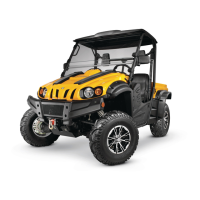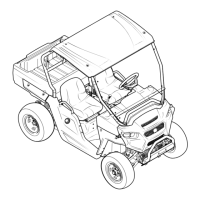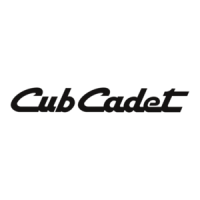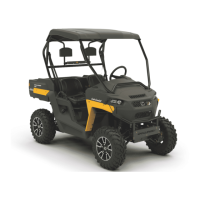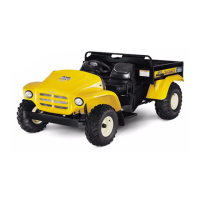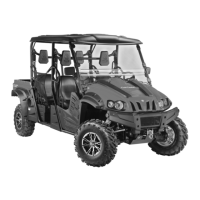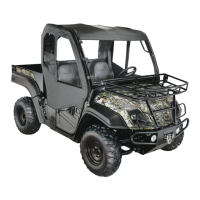General
Information
1‐12
Quality Phillips screwdrivers are
manufactured with their cross-head tip
machined to Phillips Screw Company
specifications. Poor quality or damaged
Phillips screwdrivers can back out and
round over the screw head. Weak or
soft screw materials can make removal
more difficult. The best type of
screwdriver to use on a Phillips screw
is
the ACR® Phillips II® screwdriver,
patented by the horizontal anti-cam out
ribs found on the driving faces or flutes
of the screwdriver’s tip (Figure 4).
ACR® Phillips II® screwdrivers were
designed as part of a manufacturing
drive system to be used with ACR®
Phillips II® screws, but they work well.
Tool suppliers offer ACR® Phillips II®
screwdrivers in different Tip size and
interchangeable bits to fit screwdriver bit
holders.
Note
Another way to prevent the
screwdriver from rounding out the
head of the screw is to apply valve
grinding compound onto the tip. After
loosening or tightening the screw,
clean the screw recess to prevent
engine oil contamination.
Wrenches
Open-end, box-end and combination
wrenches (Figure 5) are available in a
variety of types and sizes.
The box-end wrench is an excellent tool
because it grips the fastener on all
sides. This reduces the chance of the
tool slipping. The box-end wrench is
designed with either a 6 or 12-point
opening. For stubborn or damaged
fasteners, the 6-point provides superior
holding because it contacts the fastener
across a wider area at all six edges. For
general use, the 12-point works well. It
allows the wrench to be removed and
reinstalled without moving the handle
over such a wide area.
An open-end wrench is fast and works
best in areas with limited access. It
contacts the fastener at only two points
and is subject to slipping if under heavy
force, or if the tool or fastener is worn. A
box-end wrench is preferred in most
instances, especially when breaking
loose and applying the final tightness to
a fastener.
The combination wrench has a box-end
on one end and an open-end on the
other. This combination makes it a
convenient tool.
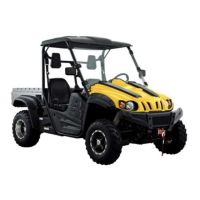
